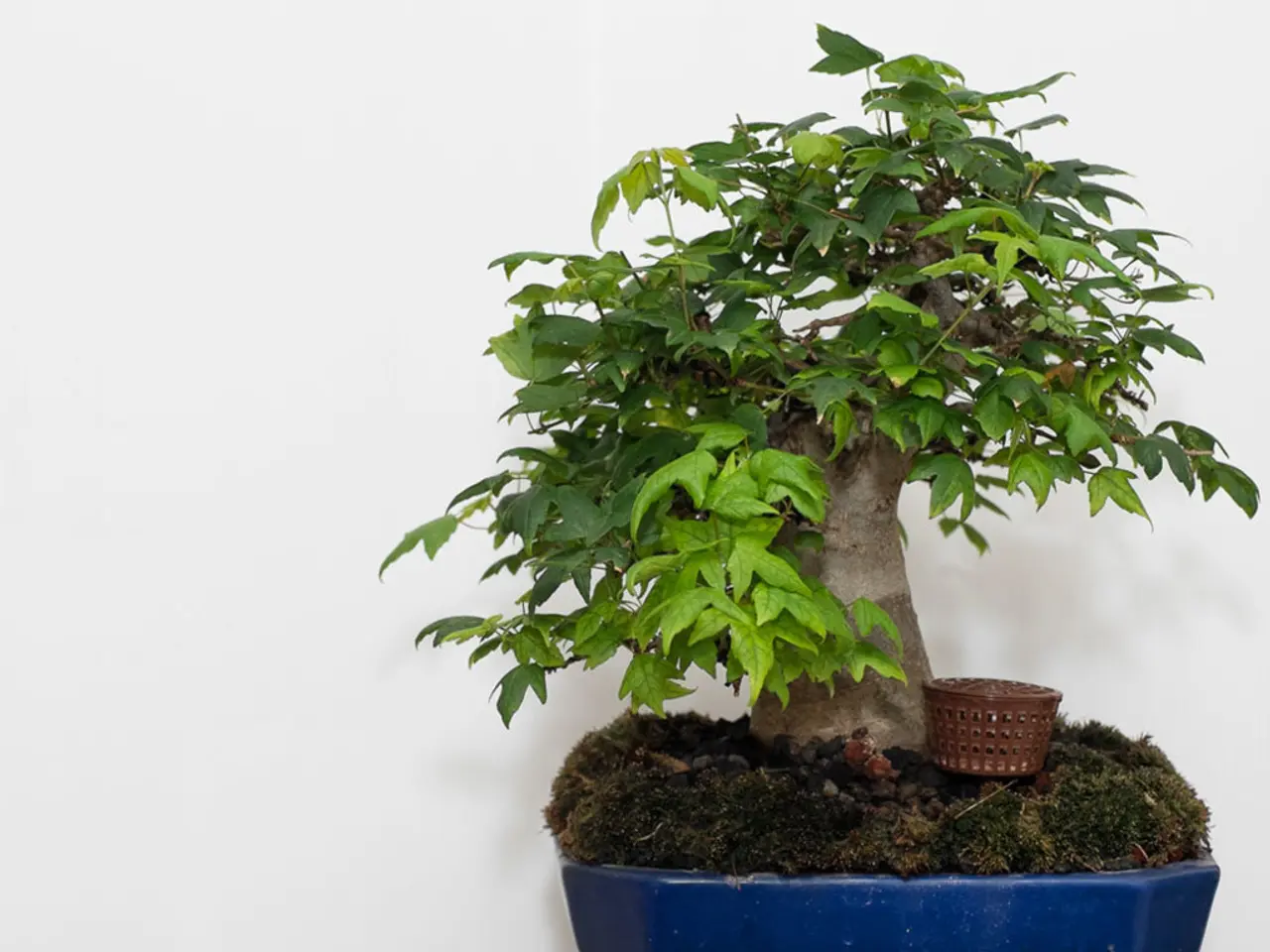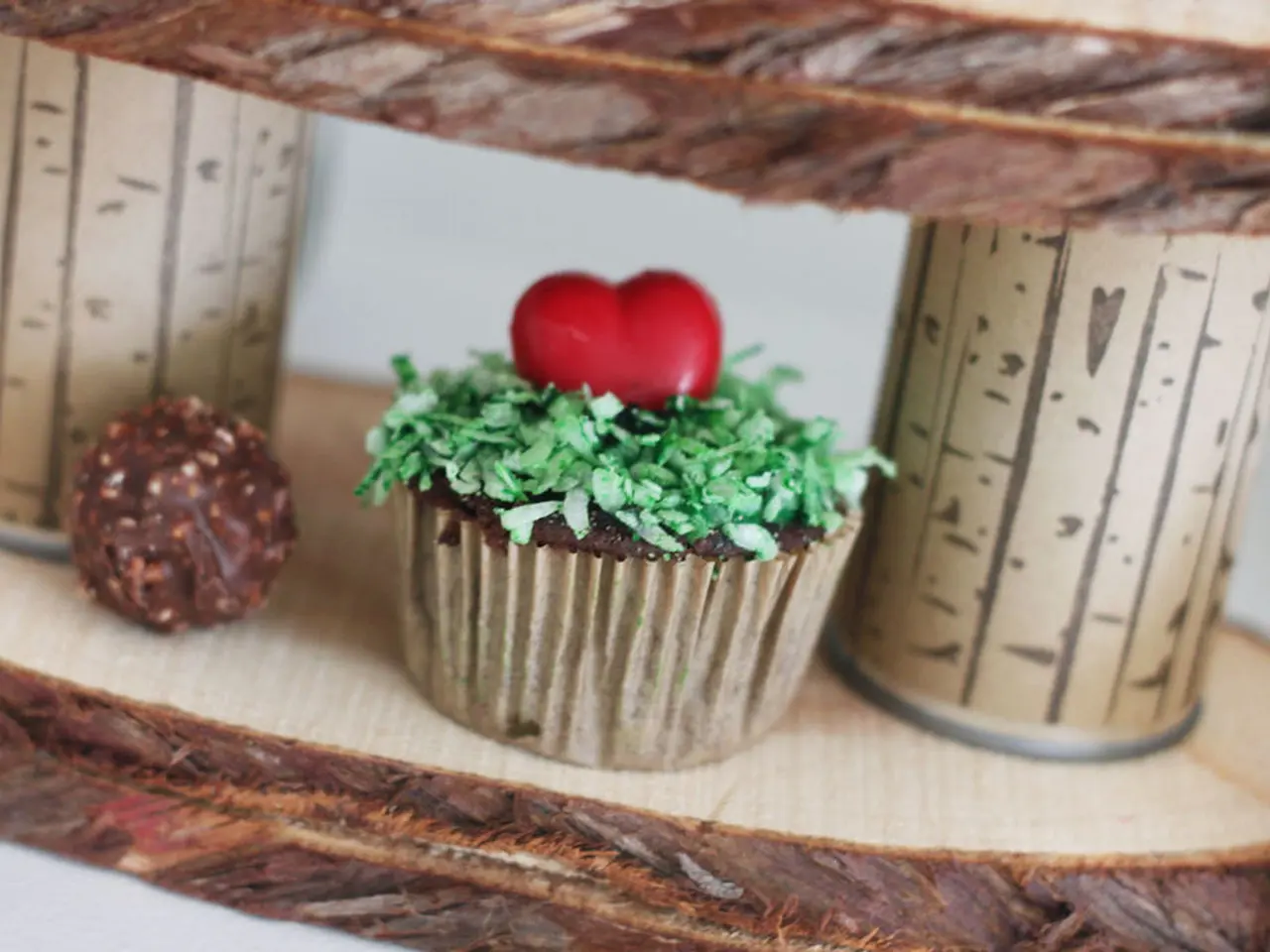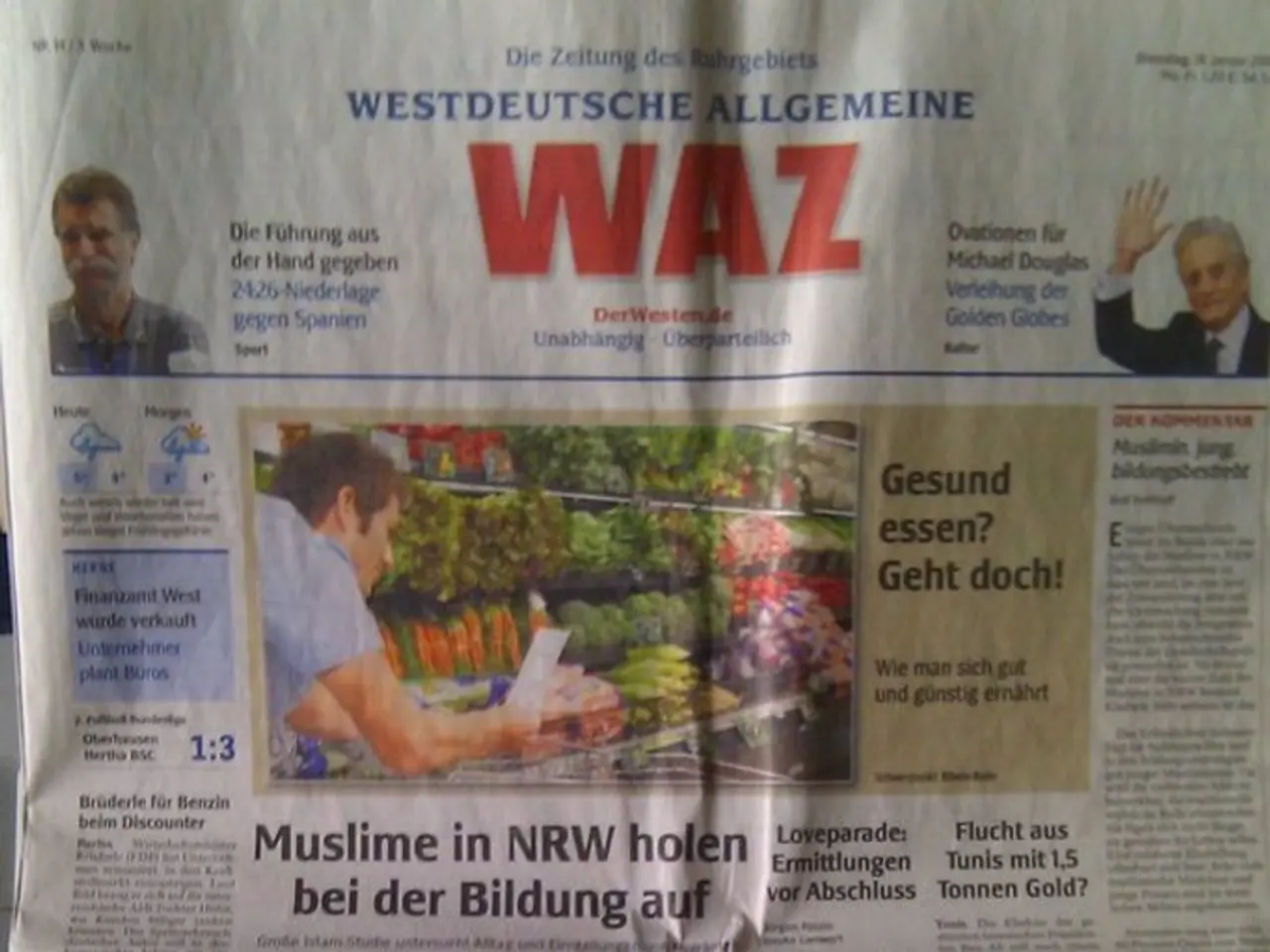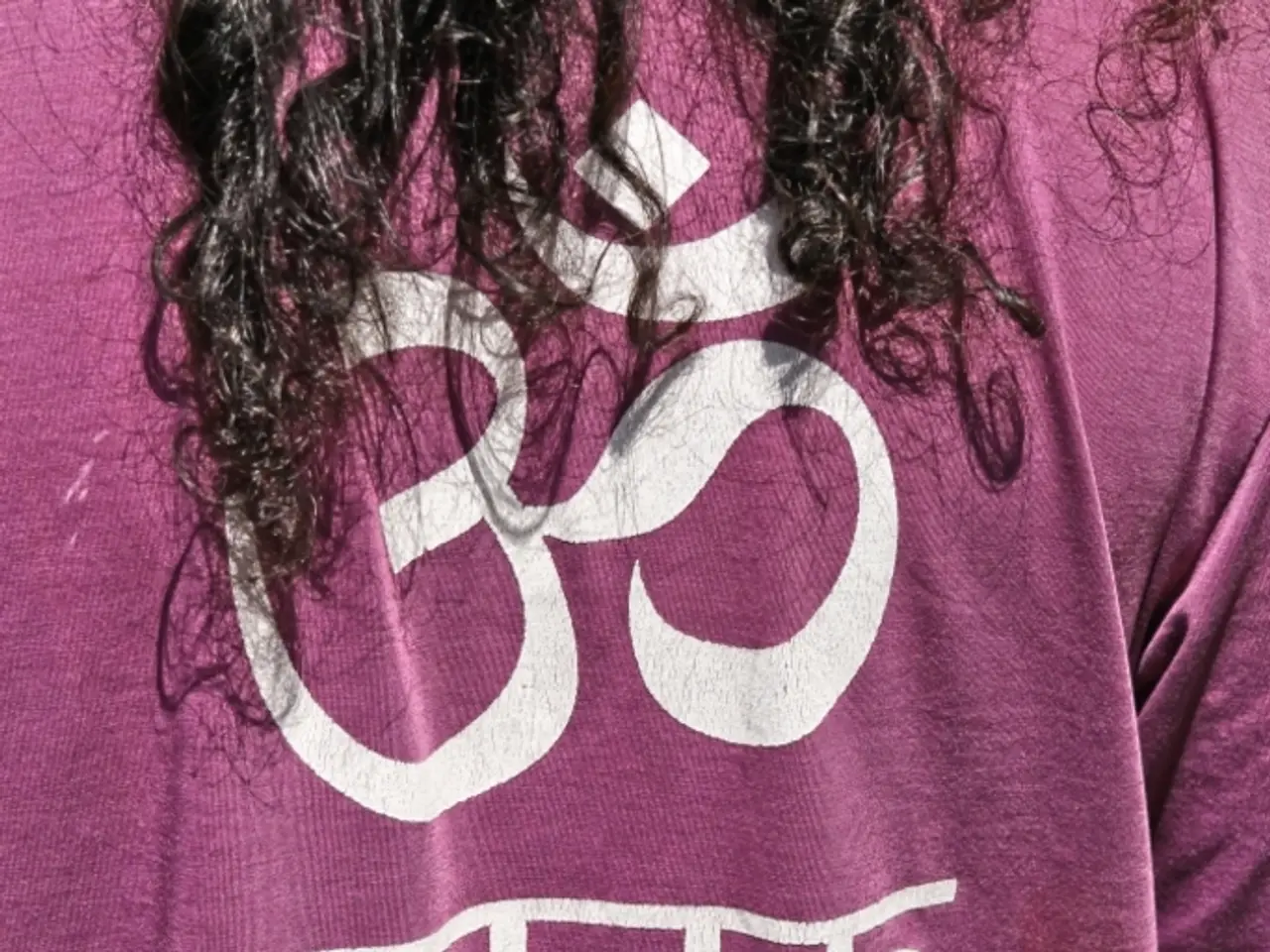Selecting the Appropriate Bonsai Soil Composition for Vibrant Tree Growth
In the captivating world of bonsai cultivation, soil quality plays a pivotal role in nurturing these miniature marvels. A well-balanced bonsai soil mix is the very foundation upon which these trees thrive, ensuring healthy root development, nutrient absorption, and robust growth.
The ideal bonsai soil comprises approximately 50-60% inorganic components and 40-50% organic matter. This delicate balance guarantees adequate aeration and drainage, allowing roots to breathe, absorb nutrients, and grow strong.
Sterilizing bonsai soil before use is vital to prevent contamination and ensure a disease-free environment for tree growth. Tropical, subtropical, or temperate climates require adjustments in soil composition to accommodate varying moisture levels and temperature fluctuations. The size, material, and drainage capabilities of the container also impact soil moisture levels and aeration, necessitating a tailored approach to soil selection.
Three key factors to consider when selecting the ideal bonsai soil mix are tree species, climate, and container type. Different bonsai species have distinct soil preferences, so researching the specific needs of your bonsai tree is vital.
Akadama, a hard-baked Japanese clay, is a common ingredient in bonsai soil. It retains water and nutrients but also allows good drainage, breaking down slowly to improve soil texture over time. Lava rock offers excellent drainage and aeration, while pumice holds moisture and nutrients while allowing airflow to the roots. Organic materials such as pine bark or sphagnum moss are sometimes added in small quantities for moisture retention but must be balanced to avoid waterlogging.
Typical ratios vary depending on species and climate, but aim to maintain a free-draining mix that holds moisture without becoming compacted. For example, British Bonsai recommends mixes like their Premium Shohin Mix that combines akadama, lava rock, fine bark, and sphagnum moss to retain moisture yet remain free-draining, promoting a fine root mass especially in deciduous and some evergreen species.
Inorganic materials like perlite, vermiculite, or sand should be incorporated to enhance drainage and aeration. Frequent aeration is crucial for healthy root development, which can be achieved by repotting regularly and monitoring soil pH levels. The ideal pH level for bonsai tree soil falls between 6.0 and 7.0.
Organic components support the growth of beneficial microorganisms, which play a pivotal role in plant nutrition and disease suppression. A balanced soil mix provides a rich tapestry of nutrient content, supplying the tree with essential sustenance for robust development. Waterlogging disrupts the delicate balance between water and oxygen, further exacerbating root rot.
Understanding the distinct characteristics and roles of both organic and inorganic components is essential for crafting the perfect bonsai soil mix. Inorganic components provide structure, drainage, and stability to the soil, preventing waterlogging and root rot. Organic components supply vital nutrients and improve soil structure.
Bonsai trees require repotting every 2-5 years, depending on species and growth rate, to refresh the soil and prune roots, promoting continued growth. A balanced mix that retains moisture without waterlogging is vital for healthy root development and overall bonsai health.
In summary, a balanced bonsai soil mix is a well-draining, aerated, and moisture-retentive blend primarily consisting of akadama, lava rock, and pumice, with limited organic matter tailored to the specific tree species and environmental conditions. This creates an optimal environment for root development and overall bonsai health.
A conscious selection of organic components such as pine bark or sphagnum moss in bonsai soil not only offers moisture retention but also contributes to the growth of beneficial microorganisms essential to plant nutrition and disease suppression. In the realm of health-and-wellness and nutrition, these microorganisms provide the bonsai tree with necessary essential sustenance, promoting robust development, just as science dictates.
In the quest for the ideal bonsai soil, it's crucial to complement organic components with inorganic materials like perlite, vermiculite, or sand, which enhance drainage and aeration, ensuring a science-backed balance that prevents waterlogging and root rot, contributing to the overall health and wellness of the tree.




